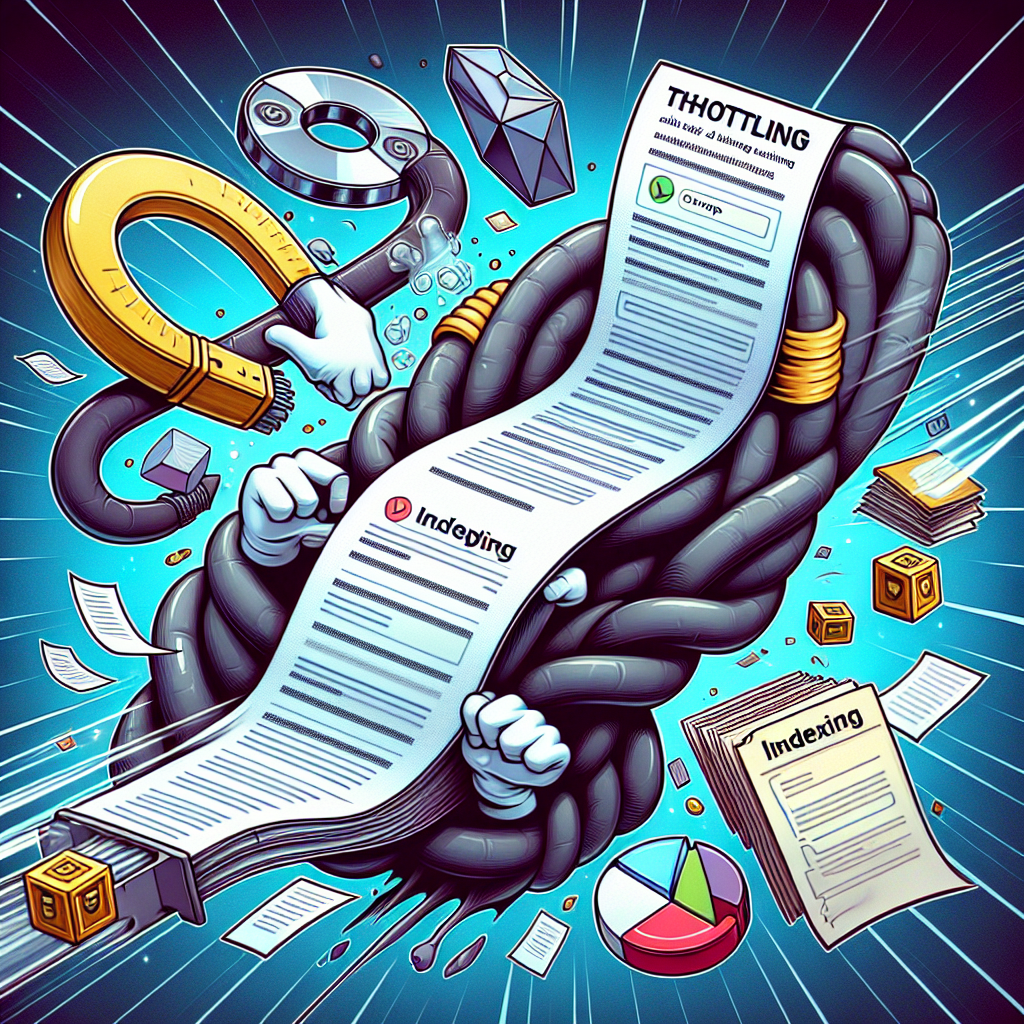Blockchain
Unichain Unveils Future Plans Unichain, a promising name in the blockchain sector, has made public its much-anticipated roadmap ...
In a significant move, Nokia, a renowned global mobile telecommunications firm, has secured a patent for its digital ...
PermianChain and Vertical Data Forge Partnership to Propel Digital Transformation in MENA Region An innovative collaboration has been ...
Blockchain innovators focused on DApp experience As the demand for a decentralized world grows, blockchain innovators are prioritizing ...
In retrospect, the United Arab Emirates (UAE) has made significant strides in blockchain technology in 2024, paving the ...
A Promising Collaboration Between Audius and ICE Audius, a music platform based on blockchain technology, has announced a ...
Nexus Supercomputer Makes a Remarkable Milestone The revolutionary Nexus protocol has successfully launched over one million nodes in ...
The Quantum Conundrum: A Non-Issue for Blockchain? Quantum computing is a topic that has caused intrigue and trepidation ...
In an epoch-making development, Secret Network, an organization renowned for prioritizing privacy-enhanced decentralized applications, has unveiled its Artificial ...
In a significant strategic move, blockchain analysis company Chainalysis has acquired HexaGate, a startup largely involved in Web3 ...
Web3, the decentralized internet, could revolutionize the music industry by integrating live events, according to Dave Stewart, the ...
A New Focus for G7 and OECD The Group of Seven (G7) and the Organisation for Economic Co-operation ...















